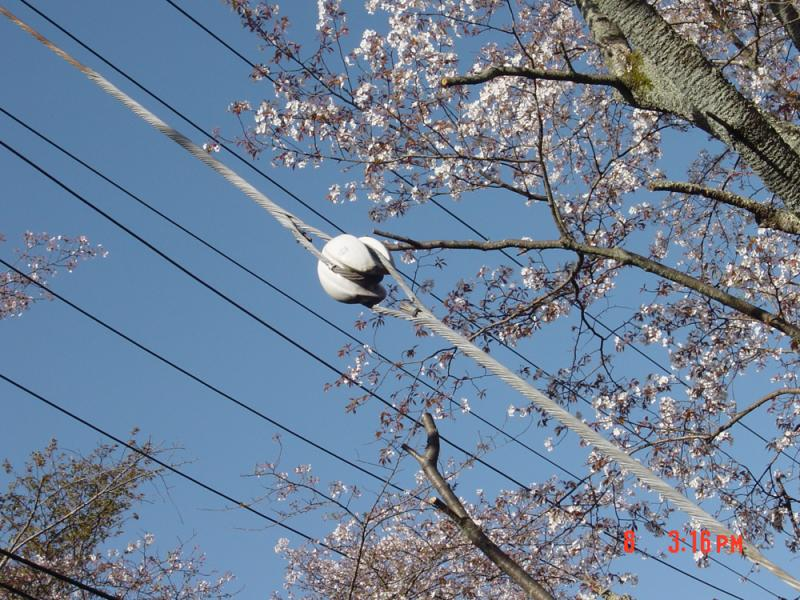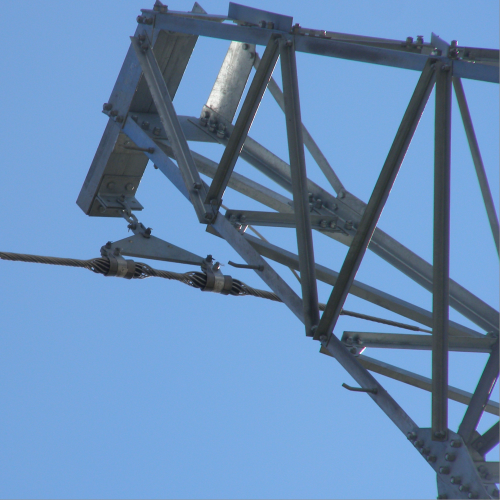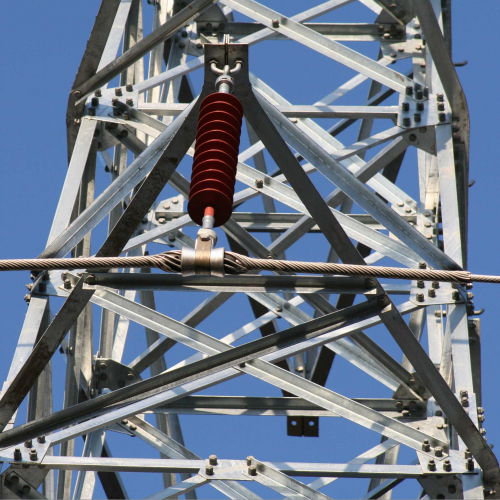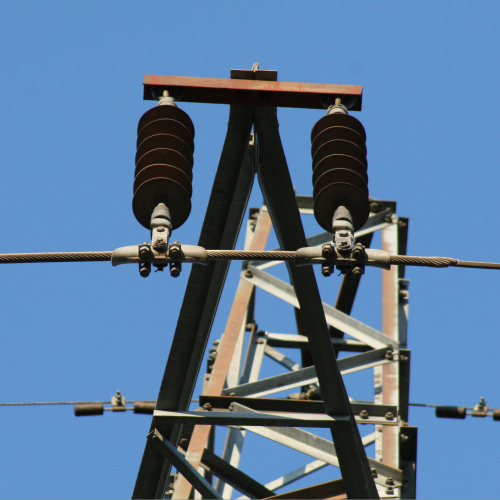In power transmission lines, tension-resistant wire clamps are important components that connect wires to poles and towers and bear the tension of wires. The performance of wire clamps will directly affect the safety of the line and the operation and maintenance cost. The tension-resistant wire clamps are divided into bolt type, compression type and preformed type. In this article, we will understand the specific differences between several wire clamps.
Traditional tension-resistant wire clamps are usually rigidly fixed, and typical representatives are bolt-type tension-resistant wire clamps and compression-type tension-resistant wire clamps. Bolt-type tension-resistant wire clamps wrap the wire through a metal splint, and then tighten and fix it with high-strength bolts, relying on the friction between the splint and the wire to transmit tension. Compression-type tension-resistant wire clamps require hydraulic or burst pressure equipment to tightly compress the metal sleeve and the wire into one, and tension transfer is achieved through mechanical bite between the metals. The preformed wire tension clamp adopts flexible wrapping. It uses preformed wire made of high-strength aluminum alloy or galvanized steel wire to be twisted in advance according to the outer diameter and curvature of the wire. There is no need for additional processing during installation. It can be directly wound on the wire to form a spiral wrapping structure that fits perfectly with the wire. In addition, preformed wire tension clamp is usually equipped with auxiliary components such as anchor cups and bushings. The anchor cups are used to connect the tower fittings, and the bushings are sandwiched between the preformed wire and the wire, which can enhance the grip and avoid the wire being scratched.

In terms of performance, the difference between the preformed wire tension clamp and the traditional tension clamp is mainly reflected in the three aspects of grip stability, wire protection effect and environmental adaptability. From the point of view of grip stability, the grip of traditional wire clamps depends on the bolt tightening force or compression process accuracy. If the bolt-type clamp has insufficient bolt torque, it is easy for the bolt to loosen and the grip to decrease due to vibration in long-term operation. If the compression clamp has uneven compression pressure, overvoltage damage to the wire or insufficient grip undervoltage may occur. The grip of the preformed wire tension clamp comes from the spiral preload of the preformed wire. After installation, the preformed wire will continue to produce uniform radial pressure on the wire. The grip value can be stably maintained at more than 95% of the rated tensile strength of the wire, and the grip attenuation rate in long-term operation is less than 5%, which is far better than traditional wire clamps. In terms of wire protection effect, the rigid contact method of traditional wire clamps can easily cause damage to the wire. The flexible wrapping structure of the preformed wire tension clamp completely avoids this problem. The spiral shape of the preformed wire bends synchronously with the wire, and the cushioning effect of the bushing further reduces friction. Even when the wire is stretched by tension or stretched by temperature changes, local damage to the wire can be avoided and the service life of the wire can be extended. In terms of environmental adaptability, the weak points of traditional wire clamps lie in sealing and anticorrosion. The preformed wire tension clamp's preformed wire winding structure itself has good sealing, and the surface is usually treated with an anticorrosive coating. In short, the preformed wire tension clamp has shown obvious advantages in ensuring line safety, reducing operation and maintenance costs, and adapting to complex scenarios. However, because of the cost advantage of traditional wire clamps, they will still maintain a certain market space in low-voltage and simple scenarios.




